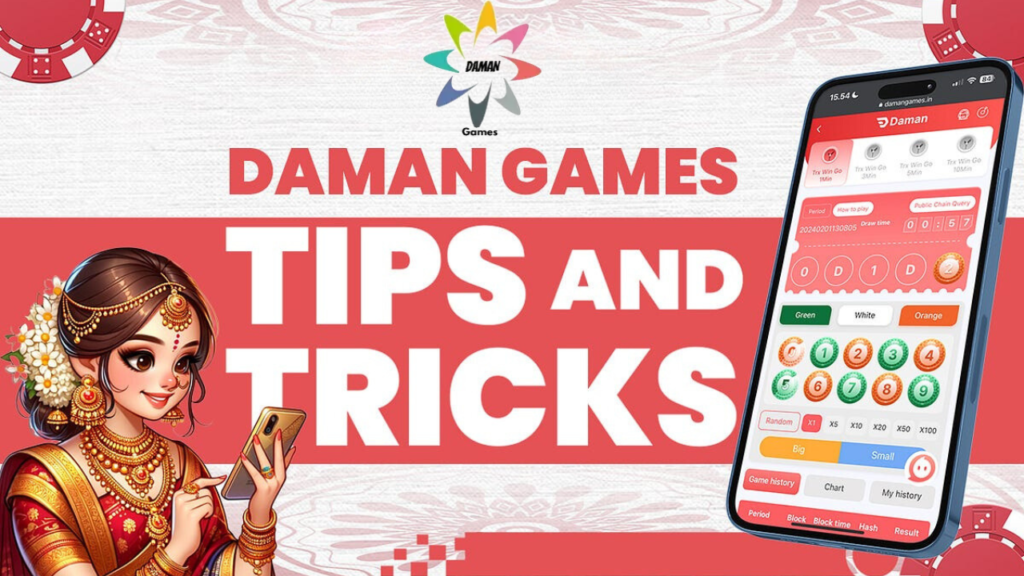Daman, often referred to as “Daman Game” in some regions, is a traditional board game with deep cultural roots and a rich history. It is enjoyed by millions across various countries, particularly in Africa, the Middle East, and parts of Asia. This ancient game, akin to checkers and draughts, has been played for centuries and continues to be a source of entertainment and mental stimulation for people of all ages.
Origins and Historical Significance : Daman game
The origins of Daman are somewhat obscure, but the game is believed to have been played for thousands of years. Archaeological findings suggest that similar games were played in ancient Egypt and Mesopotamia, highlighting its enduring appeal across different civilizations and eras. The game’s longevity is a testament to its ability to engage and challenge players, making it a timeless pastime.

Daman has not only served as a form of entertainment but also as a means of socialization and education. In many cultures, it is used to teach strategic thinking, patience, and problem-solving skills. The game is often passed down from generation to generation, with grandparents teaching their grandchildren the intricacies of the board and the strategies required to win.
The Board and Pieces : Daman game
A typical Daman board consists of an 8×8 grid, similar to that of a chessboard. Each player starts with 12 pieces, usually distinguished by color. The pieces are placed on the dark squares of the grid, occupying the three rows closest to each player. The objective of the game is to capture all of the opponent’s pieces or block them so they cannot move.
The pieces in “Daman Game” are usually simple discs or tokens, but in some cultures, they can be intricately carved or decorated, reflecting the artistic traditions of the region. The simplicity of the game’s equipment makes it accessible to people of all economic backgrounds, further contributing to its widespread popularity.
Basic Rules and Gameplay
The rules of Daman are straightforward, yet the game requires deep strategic thinking. Players take turns moving their pieces diagonally forward. Capturing an opponent’s piece is done by jumping over it to an empty square immediately beyond. If a player can make a capture, they must do so, and multiple captures can be made in a single turn if the conditions allow.
When a piece reaches the far side of the board, it is crowned and becomes a “king.” Kings have the added ability to move diagonally forward and backward, making them powerful tools in a player’s strategy. The game ends when one player either captures all of the opponent’s pieces or blocks them such that they cannot make a legal move.
Strategy and Skill : Daman game
Although the basic rules of Daman are simple, mastering the game requires a high level of strategic planning and foresight. Successful players must anticipate their opponent’s moves, set traps, and make sacrifices when necessary to gain a positional advantage. The best players are those who can think several moves ahead and adapt their strategy based on the evolving state of the board.
The strategic depth of Daman makes it comparable to other classic games like chess and Go. Each move can significantly alter the course of the game, and players must balance offensive maneuvers with defensive positioning. This complexity is part of what makes Daman such an enduring and captivating game.
Cultural Impact and Variations : “Daman Game“
Daman has a significant cultural impact in many regions. In some African communities, it is played during festivals and social gatherings, often accompanied by music and dance. In the Middle East, it is a common sight in coffee houses, where men gather to play and discuss the day’s events. The game is also a popular pastime in many Asian countries, where it is enjoyed by both children and adults.
There are numerous variations of Daman, each with its own unique rules and regional characteristics. For example, in some versions, players can move their pieces backward without them being crowned as kings, while in others, additional pieces or larger boards are used. These variations reflect the adaptability of the game and its ability to be customized to fit different cultural contexts.
The Modern-Day Daman : Daman game
Today, Daman continues to thrive both as a traditional game and in its modern adaptations. With the advent of digital technology, online platforms and mobile apps have brought the game to a global audience. Players can now compete against others from around the world, participate in tournaments, and learn new strategies from international masters.
Despite these technological advancements, the essence of “Daman Game” remains unchanged. It is a game that brings people together, fosters critical thinking, and preserves cultural heritage. Whether played on a handcrafted wooden board or a smartphone screen, Daman retains its charm and challenge, captivating new generations of players.
Conclusion
Daman is more than just a board game; it is a cultural artifact that has withstood the test of time. Its simplicity, strategic depth, and cultural significance make it a beloved pastime for millions. As it continues to evolve and adapt to modern times, Daman remains a powerful reminder of the enduring appeal of traditional games and the rich history they represent. Whether you are a novice player or a seasoned expert, Daman offers endless opportunities for enjoyment and intellectual engagement.
The Game of Daman Link
The Game of Daman: A Cultural Treasure and Strategic Marvel : “Daman Game”


